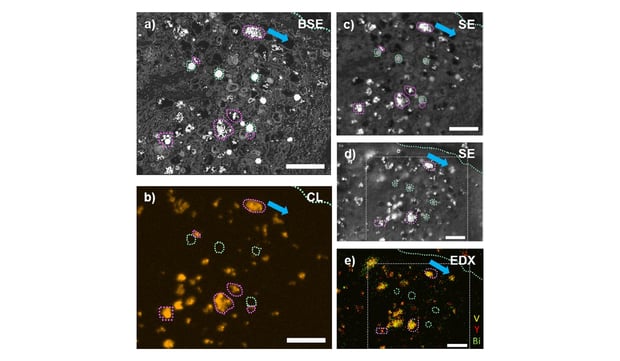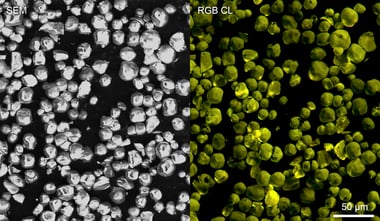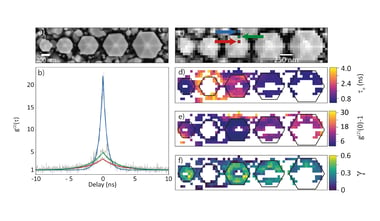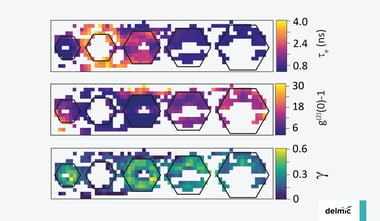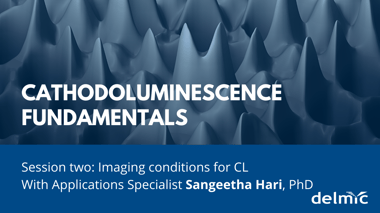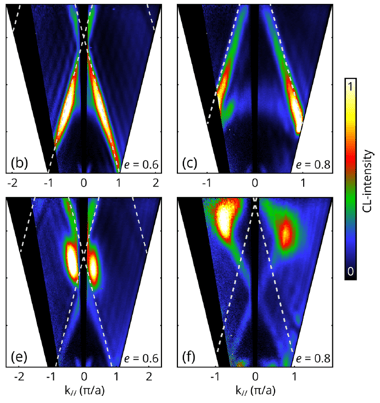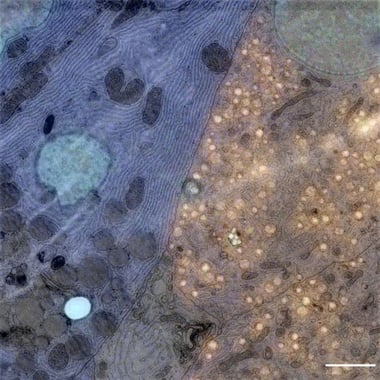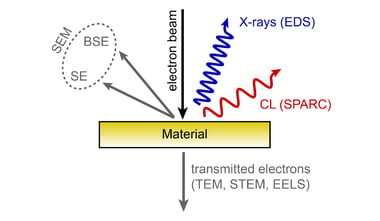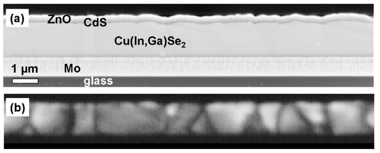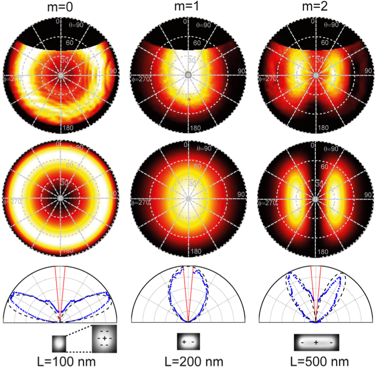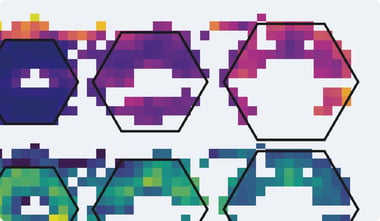cathodoluminescence
Correlative cathodoluminescence electron microscopy: study cellular ultrastructure with high spatial resolution
Understanding the relationship between structure and function in biology relies strongly on imaging. While correlative light and electron microscopy (CLEM) is commonly used to understand structure-function relationships, it is limited, among others, by the mismatch in resolution between the two imaging modalities. Correlative cathodoluminescence electron microscopy (CCLEM), based on electron beam induced excitation of luminescent probes, is a promising novel technique for performing high resolution correlative imaging in life sciences.
.png)



